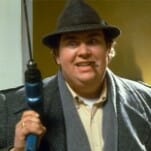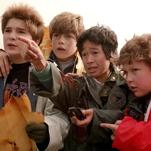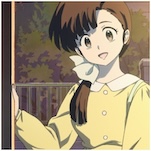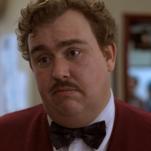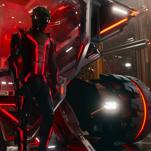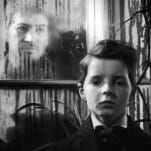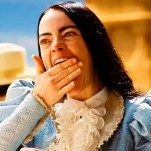The Star Wars Alien Issue: Where Are the Non-Human Characters?
Photos via Lucasfilm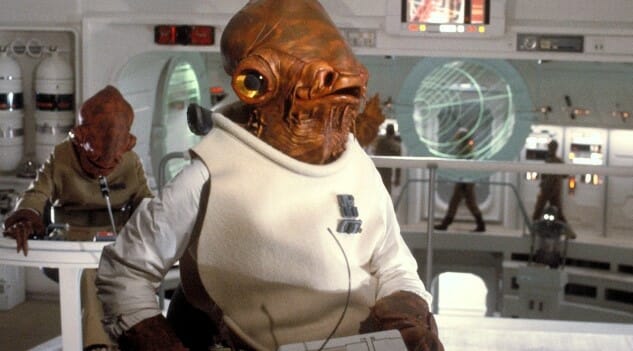
Let me get a disclaimer out of the way immediately, because it’s necessary when you write about any franchise with a passionate, geeky, easily enraged audience: I love Star Wars. In grade school, there was a roughly four-year period where I read nothing but Star Wars expanded universe novels. I sunk countless hours into flight sims such as X-Wing vs. TIE Fighter. I reviewed Rogue One for Paste, and thoroughly enjoyed myself. So please, don’t feel the need to question my fandom credentials.
In the weeks that have followed seeing Rogue One, and with more time to reflect upon The Force Awakens, there’s an issue that has come to the forefront of my mind in how this current iteration of the Star Wars universe is being presented. Or perhaps I should clarify and say “the Star Wars GALAXY,” and its residents … most of whom aren’t human. And that’s the root of the issue: In an incredibly diverse galaxy, full of amazing, unique races, where the hell are all the significant alien characters?
Look back on Rogue One and Force Awakens, and think about it—which non-humans are truly of any importance? There’s Maz Kanata in Episode 7, certainly, and at least Lupita NYong’o makes her minimal screen time count before being written out or potentially killed off, but that’s pretty much it. Rogue One, meanwhile, is even more minimal and human-focused, without a single alien character who is anything more than a brief supporting presence.
Before we dive further into that issue, though, we should address the wookie in the room: Chewbacca. Yes, Chewie is a “main character” in both The Force Awakens and the original trilogy, but this is also a character who, although beloved, has always been narratively hampered by his basic inability to speak Galactic Basic and thus be understood directly by the audience. As a result, Chewie’s “dialog” is always simply inferred by the viewer as a result of other characters’ reactions to him, which is more often than not simply played for laughs. Or in short: He makes a Wookie sound, and Han makes an amusing wisecrack. Is it any surprise that we never see any scenes of Chewbacca on his own as a result? As much as we all love Chewie, that is simply not a fully three-dimensional character—he plays his role, and plays it well, but is never placed on the same pedestal as the humans all around him, and never receives equal characterization or recognition in the narrative. If he did, we wouldn’t still have fans pissed off that Chewie never got a medal after the destruction of the first Death Star in A New Hope, and we likewise wouldn’t have fans pissed off about Leia giving Chewie the cold shoulder in Force Awakens and instead embracing Rey after the death of Han Solo.

No respect, I tell ya. No respect!
And thus, I have to conclude that even Chewbacca in Force Awakens can’t truly qualify as a real alien “main character” on par with any of the humans, or even the droids. And the same thing goes for Rogue One.
Why Do Alien Characters Matter to the Star Wars Galaxy?
We know from official descriptions of the Star Wars universe that human beings are the most common sentient species in the galaxy, but that does not mean they are the only ones of importance—it would be like saying that the Cyclothone (or “bristlemouth”) of Earth’s oceans are the most significant fish to humanity, just because they have the largest projected biomass. And really, have you ever even heard the term Cyclothone before this moment? Doubtful, unless you’re an ichthyologist.
And like Earth’s ocean, the Star Wars galaxy is home to hundreds (and almost certainly thousands) of sentient, spacefaring races. Some of them are “near humans,” ‘a la Star Trek who could easily pass for human except for one small physical characteristic. Many others are at least humaNOIDS, which isn’t too surprising given that many of the original alien races were designed to be represented by actors in costumes. Just think back to the first Mos Eisley cantina scene in A New Hope, which looms large in how many alien races it established in one fell swoop: Duros, Defel, Lutrillian, Bith, Advozse, Morseerian, Anzati, Lamproid, Sakiyan, Givins, Gotal, Rodian, Arcona, Saurin, Chadra-Fan, Devaronian, Yam’rii, Shistavanen, Qiraash, Sarkan, Snivvian, Vuvrian, Abyssin, Aqualish, Talz, Ithorian and more. That’s one scene, on one planet, in a single room, and it tells us everything we need to know about the diaspora of xenobiology across the galaxy—there are non-humans everywhere in the Star Wars galaxy, and there have been for a very long time. In any location where xenophobia is not rampant, these many species tend to intermix and blend. So why, then, are the last two films in that universe dominated so thoroughly by human characters, even in scenarios where aliens would make more narrative sense?

-

-

-

-

-

-

-

-

-

-

-

-

-

-

-

-

-

-

-

-

-

-

-

-

-

-

-

-

-

-

-

-

-

-

-

-

-

-

-

-


































